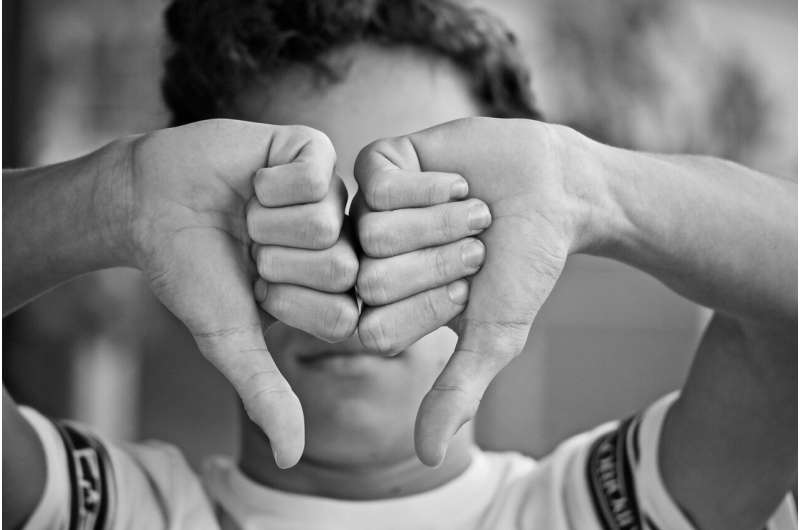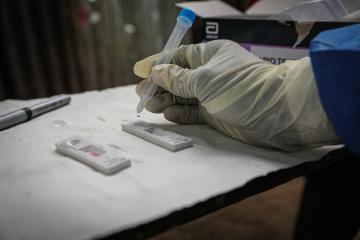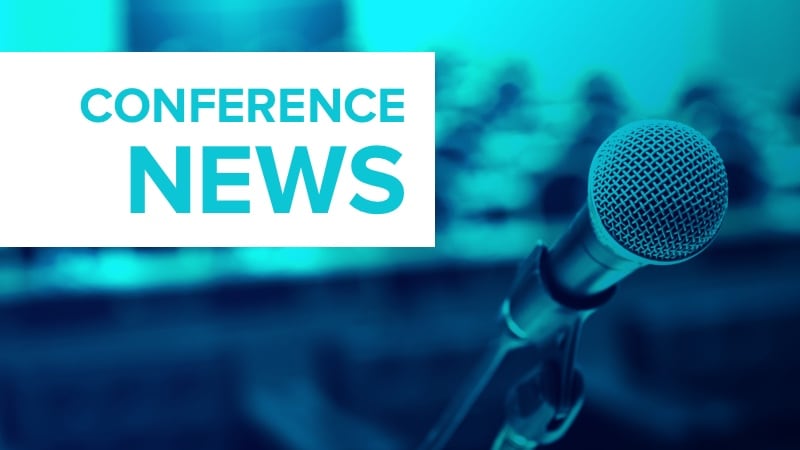
With the school year underway around the U.S., parents and caregivers are once again faced with the age-old struggle of wrangling groggy kids out of bed in the morning. For parents of preteens and teenagers, it can be particularly challenging.
Sometimes this gets chalked up to laziness in teens. But the main reason why a healthy person is unable to naturally wake up without an alarm is that they are not getting the sleep their brain and body need.
That’s because studies show that adolescents need more than nine hours of daily sleep to be physically and mentally healthy.
But the likelihood that you know a teenager who gets enough sleep is rather slim. In the U.S., less than 30% of high school students—or those in grades 9 through 12—sleep the recommended amount, according to the Centers for Disease Control and Prevention. Among middle schoolers in grades 6-8, nearly 60% do not get enough sleep at night.
Yet my laboratory’s research suggests that a much higher percentage of teens are getting too little sleep.
I am a professor of biology and have been studying sleep and circadian rhythms for more than 30 years. For the past seven years, my laboratory at the University of Washington has been doing research on sleep in Seattle-area teenagers. Our research has found that, just as in other areas of the U.S., high schoolers in Seattle are not getting the amount of sleep they need. Our study objectively measured sleep in 182 high school sophomores and seniors and found only two that slept at least nine hours at night during school days.
Our studies and those of others indicate that three important factors lie behind this lack-of-sleep epidemic: a physiological regulation of sleep that leads to a delayed sleep timing in teens and that is not aligned with early school start times, a lack of morning exposure to daylight and excessive exposure to bright electric light and screens late in the evening.
Teen sleep biology
The time people go to bed, fall asleep and wake up is governed by two main factors in the brain. The first is a so-called “wakefulness tracker,” a physiological timer that increases our need to sleep the longer we stay awake. This is in part the consequence of the accumulation of chemical signals released by neurons, such as adenosine.
Adenosine accumulates in the brain when we are awake, leading to increased sleepiness as the day wears on. If, for instance, a person wakes up at 7 a.m., these chemical signals will accumulate throughout the day until the levels are high enough that the person will fall asleep, typically in the late evening.
The second factor that drives the sleep/wake cycle is a 24-hour biological clock that tells our brain what times of the day we should be awake and what times we should be sleeping. This biological clock is located in an area of the brain called the hypothalamus. The clock is composed of neurons that coordinate the brain areas regulating sleep and wakefulness to a 24-hour sleep/wake cycle.
These two regulators operate with relative independence from each other. But under typical conditions, they are coordinated so that a person with access to electric-powered light would fall asleep in the late evening—between about 10 p.m. to 11 p.m., and wake up in the early morning, around 6 a.m. to 7 a.m.
So why do teenagers often want to go to bed later and wake up later than their parents?
It turns out that during adolescence, both the wakefulness tracker and the biological clock conspire to delay the timing of sleep. First, adolescents can be awake until later hours before their wakefulness tracker makes them feel sleepy enough to fall sleep.
Second, the biological clock of teenagers is delayed because in some cases it appears to run at a slower pace, and because it responds differently to light cues that reset the clock daily. This combination leads to a sleep cycle that operates a couple of hours later than in an older adult—if an older adult feels the signals to fall asleep around 10 p.m. or 11 p.m., this won’t happen until midnight or later in a teenager.
How school start times contribute
To help find more hours of sleep for teens, one measure that some school districts around the country have taken is to delay the school start time for middle schools and high schools. The American Academy of Pediatrics recommends that schools for this age group should not start before 8:30 a.m.. Yet the majority of high schools in the U.S start at 8 a.m. or earlier.
Based on the recommendation of sleep experts, the Seattle school district, beginning with the 2016-2017 school year, delayed middle school and high school start times by nearly an hour, from 7:50 a.m. to 8:45 a.m. In a study our team conducted after the district enacted the plan, we found that students gained 34 minutes of daily sleep—a huge gain by sleep medicine standards. In addition, student attendance and punctuality improved, and median grades went up by 4.5%.
Despite an abundance of research evidence and the advice from virtually all sleep experts in the country, most school districts are still stuck with school start times that promote chronic sleep deprivation in teenagers. The early school starts are further aggravated by daylight saving time—when clocks are set one hour ahead in the springtime. This time shift—one that could become permanent in the U.S. in 2023—exposes teenagers to artificially dark mornings, which exacerbates their naturally delayed sleep timing.
Teaching healthy sleep habits to teens
School start times aside, kids also need to learn the importance of healthy habits that promote sufficient sleep.
Getting bright daylight exposure, particularly during the morning, pushes our biological clock to an earlier time. This, in turn, will promote an earlier bedtime and a natural early morning wake time.
In contrast, light in the evening—including the light emitted by screens—is highly stimulating to the brain. It inhibits the production of natural signals such as melatonin, a hormone that is produced by the brain’s pineal gland as the night arrives and in response to darkness. But when these cues are inhibited by artificial light in the evening, our biological clocks are delayed, promoting a later bedtime and a later morning wake time. And thus the cycle of having to roust a sleepy, yawning teenager from bed for school begins again.
Yet few schools teach the importance of good daily routines and sleep timing, and parents and teens also do not fully appreciate their importance. Chronic sleep deprivation disrupts every physiological process in the body and has been consistently linked to disease, including depression and anxiety, obesity and addictive behavior.
Conversely, sufficient sleep not only helps to reduce physical ailments and improve mental health, but it has also been shown to be fundamental for optimal physical and mental performance.
This article is republished from The Conversation under a Creative Commons license. Read the original article.![]()
Citation: School start times and late screen time exacerbate sleep deprivation in US teenagers (2022, September 18) retrieved 14 October 2022 from https://medicalxpress.com/news/2022-09-school-late-screen-exacerbate-deprivation.html
This document is subject to copyright. Apart from any fair dealing for the purpose of private study or research, no part may be reproduced without the written permission. The content is provided for information purposes only.
Note: This article have been indexed to our site. We do not claim legitimacy, ownership or copyright of any of the content abo ve. To see the article at original source Click Here








